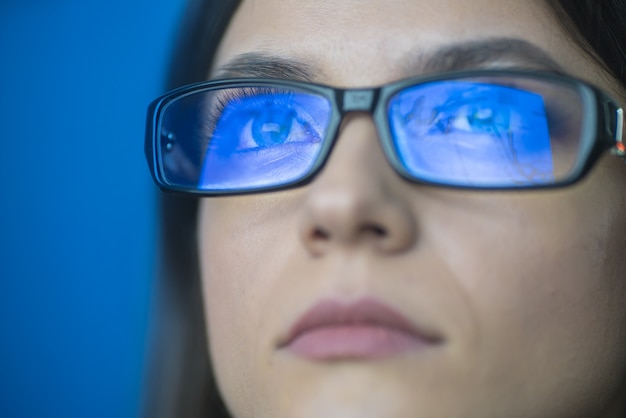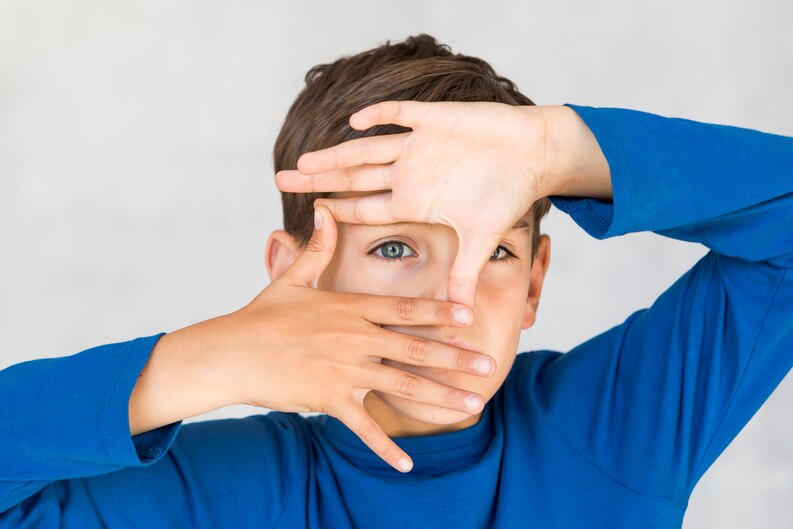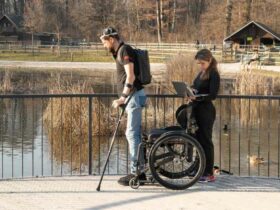In today’s technology-driven world, we are constantly surrounded by electronic devices emitting blue light. From smartphones and computers to LED lights, blue light has become an integral part of our daily lives. However, this ubiquitous light source may be silently wreaking havoc on our sleep patterns and eye health. In this blog post, we will dive deep into the effects of blue light on our bodies, explore the science behind its impact, and provide practical tips for safeguarding our sleep and vision.

Understanding Blue Light and Its Source
Blue light is a short-wavelength, high-energy light that is part of the visible light spectrum. It is present in natural sunlight and is essential for regulating our circadian rhythm—the body’s internal clock that regulates sleep-wake cycles. While sunlight during the day helps keep our internal clock in sync, excessive exposure to artificial blue light in the evening can throw off this delicate balance.
The Impact on Sleep Patterns
Our bodies have evolved to respond to natural changes in light throughout the day. In the morning, exposure to bright sunlight triggers the release of hormones like cortisol, making us feel awake and alert. As the day progresses, the intensity of sunlight decreases, signaling the body to produce melatonin—a hormone that promotes sleep and prepares us for restful slumber.
However, in the modern world, we are exposed to blue light well into the evening due to our electronic devices. This extended exposure tricks our bodies into thinking it’s still daytime, delaying the release of melatonin and disrupting our sleep patterns. As a result, falling asleep becomes more challenging, and the quality of our sleep diminishes.
The Strain on Eye Health
Apart from sleep disruption, prolonged exposure to blue light can also lead to digital eye strain or computer vision syndrome. When we stare at screens for extended periods, our eyes have to work harder to focus, leading to symptoms like eye fatigue, dryness, headaches, and blurred vision. Moreover, blue light has been linked to potential long-term eye health issues, such as an increased risk of age-related macular degeneration (AMD)—a condition that can lead to vision loss in older adults.

Protecting Our Sleep and Eyes
While it may be impossible to avoid blue light entirely, there are several steps we can take to minimize its adverse effects:
- Use Blue Light Filters: Many electronic devices now offer blue light filter settings. Activating these filters in the evening can reduce blue light emission and support better sleep.
- Limit Screen Time Before Bed: Try to avoid using electronic devices at least an hour before bedtime to allow your body to wind down naturally.
- Adjust Device Settings: Lower the brightness and adjust the color temperature of your screens to reduce blue light exposure.
- Practice the 20-20-20 Rule: Every 20 minutes, take a 20-second break to look at something 20 feet away to give your eyes a rest.
- Consider Blue Light Glasses: Blue light blocking glasses can be beneficial, especially if you spend significant time in front of screens.
- Create a Sleep-Friendly Environment: Keep your bedroom dark, cool, and quiet to promote a restful night’s sleep.
- Establish a Bedtime Routine: Engage in relaxing activities before bed to signal your body that it’s time to wind down.

Conclusion
As technology continues to play a significant role in our lives, it’s crucial to be mindful of its potential impact on our sleep and eye health. By understanding the effects of blue light and adopting practical strategies to minimize exposure, we can protect our precious sleep patterns and safeguard our vision for years to come. Prioritizing our sleep and eye health will ensure that we can continue to thrive in this digital age without sacrificing our well-being.













Leave a Reply